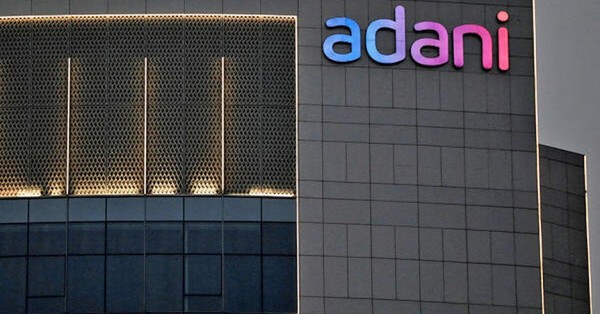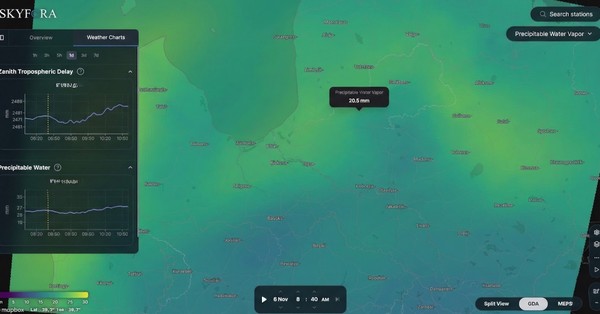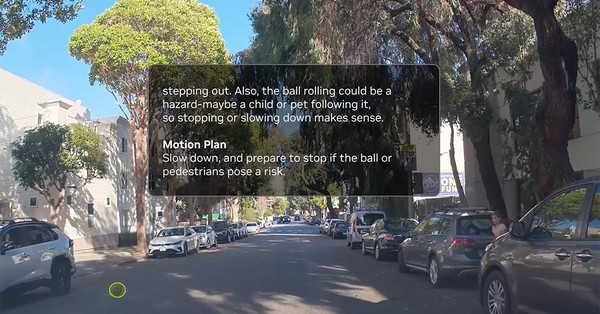OneWeb, the Low Earth Orbit (LEO) satellite communications company, today confirmed the successful deployment of 16 satellites that will provide increased resilience and redundancy to the OneWeb constellation as the company progresses toward global services. Included in this key batch is JoeySat, a satellite that will test an innovative beam-hopping capability which will allow satellites to switch between different places on Earth and adjust the strength of the communications signals based on customer needs or demands. Liftoff occurred on 20 May at 6:16 PT (local) from Space Launch Complex 4 East (SLC-4E) at Vandenberg Space Force Base in California. OneWeb’s satellites separated successfully from the vehicle and were dispensed in eight phases over a period of 1 hour and 26 minutes, and signal acquisition on all 16 satellites has been confirmed. The launch marked OneWeb’s fourth successful launch with SpaceX. With 634 satellites now in orbit, OneWeb is on track to deliver global coverage this year and is already scaling services for customers worldwide. With the addition of the satellites deployed from this launch, OneWeb will increase the resiliency and redundancy in the constellation as it expands services to its growing base of enterprise and government customers.
The 16th satellite launched today is nicknamed JoeySat. Developed through the European Space Agency and UKSA Sunrise Partnership program, JoeySat carries an innovative payload design that will demonstrate digital regenerative processing, electronically steered multi-beam arrays, and digital beamforming and beam-hopping technologies. These capabilities, planned for OneWeb’s Gen 2 constellation, will offer more flexibility and capacity to customers, optimizing resources to manage real-time surges in commercial demand or to enable rapid responses to emergencies such as natural disasters.
Our Sunrise program partner, Satixfy UK, developed this new digital payload in the UK. JoeySat is also an integral component of the End-to-End system validations, testing innovative features, including 5G Pilot Tests, which will be performed in collaboration with the University of Surrey UK, Celestia UK, and Satixfy UK. The aim is to create an interoperable network integrating space and ground assets by which OneWeb will be able to manage backhaul to support 5G connectivity seamlessly.
Also on board, JoeySat is a Radiation Monitor, developed by partners Oledcomm and Advacam, which will measure and monitor the radiation environment in LEO and provide critical information to OneWeb and the scientific community for future missions.
Neil Masterson, Chief Executive Officer of OneWeb, commented: “We are excited to see the successful completion of our 19th launch, which would not have been possible without our committed team and our enormously skilled launch partners. We have made tremendous progress in scaling our services, and today’s launch is a testament to our commitment to continue improving our service to our customers. Never ones to rest on our laurels, we also view this launch as proof positive of our drive to innovate, as we test new technologies that will usher in the future of our connectivity capabilities and services. We now look ahead to scaling our services as well as making important advancements in the future of connectivity.”
Source: OneWeb Press releases Read More







































